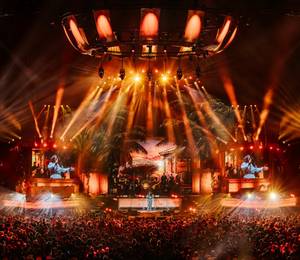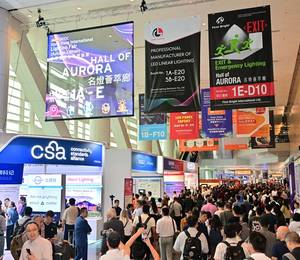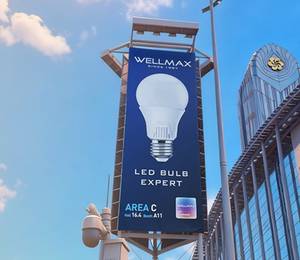New York, New York, USA – The Illuminating Engineering Society (IES) and the National Park Service (NPS) have taken on the challenge to improve outdoor lighting in national parks without affecting night sky viewing, the fastest-growing visitor activity in parks.
“Night sky viewing is incredibly popular, and America's national parks offer some of the best views of night skies," said Karen Trevino, the National Park Service's chief steward of natural sounds and night skies. “Staring at the night sky with the Milky Way streaking overhead is a quintessential experience for many national park visitors. Even national parks near urban centers often serve as night sky sanctuaries for those who live in our most populated cities.”
National Park Service staff along with staff and members of the IES will, in the coming months, develop lighting standards and best practices for parks and other protected areas. Those standards will be available to help plan night sky friendly lighting in future construction projects in parks of the national park system.
American National Standards (ANSI standards) for lighting through the IES will be designed for resource protection and to keep park staff and visitors safe where light is needed. Communities that promote star gazing have these same needs and the standards and best practices developed by the NPS/IES collaboration will be available to those communities, counties, and states.
“This partnership between the National Park Service and IES will promote a shared understanding of the importance of the natural night sky and the effects of light on national park resources and values including wildlife, cultural resources and values, wilderness character, and visitor experience and enjoyment of these same resources,” said Brian Liebel, IES Director of Standards and Research.
The partnership will also promote collaborative research and educational opportunities for park staff and partners, IES members, and the public.












